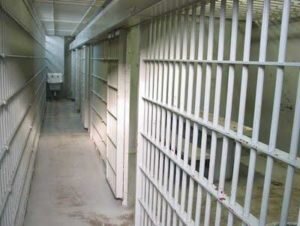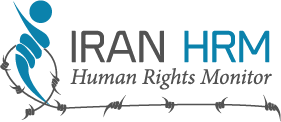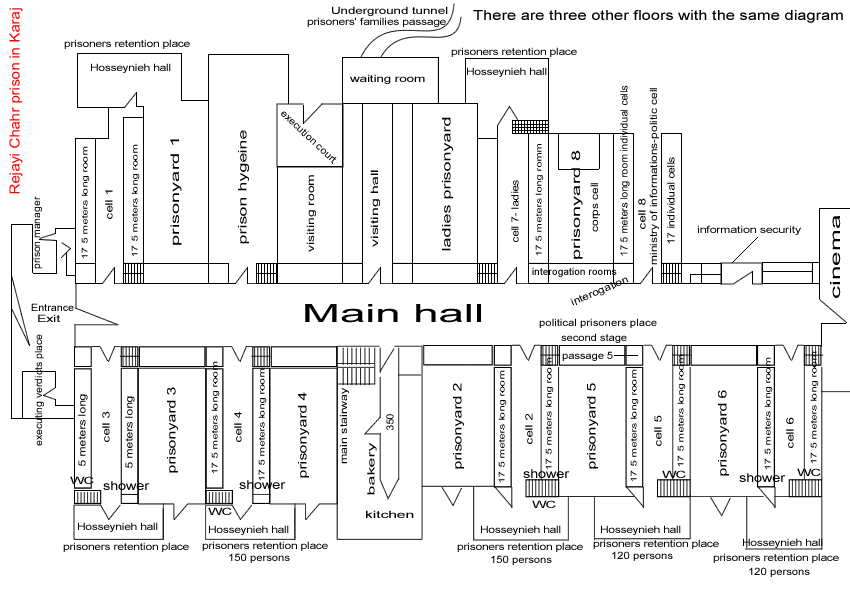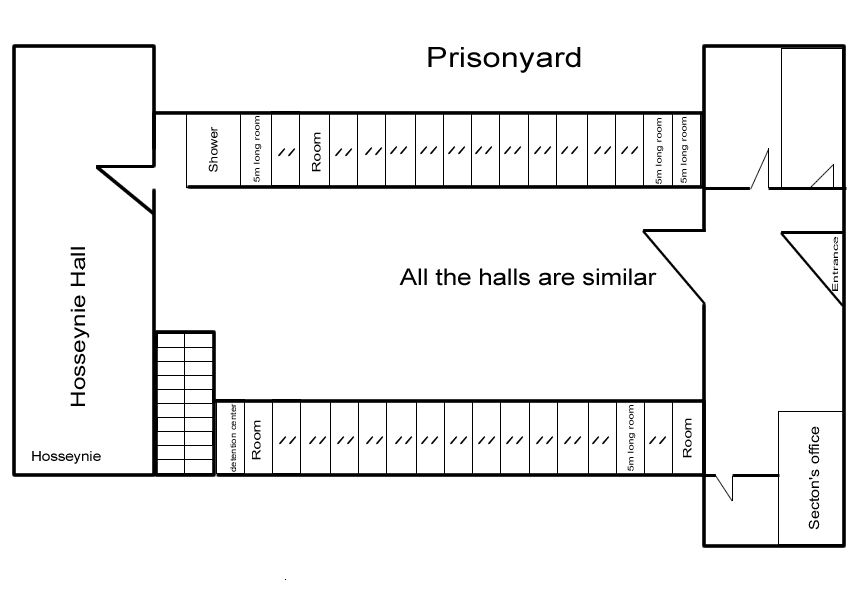Evin Prison (Persian: زندان اوین Zendān Evin) is located in Evin, northwestern Tehran, Iran. It houses a wing for political prisoners where prisoners have been held before and after the 1979 Islamic Revolution.
It is known as Evin University, but it’s no school — it is one of the world’s most brutal and infamous prisons. And barring intervention by Iran’s religious leaders, the mullahs.
Beatings, torture, mock executions and brutal interrogations are the norm at Evin prison, where for four decades the anguished cries of prisoners have been swallowed up by the drab walls of the low-slung lockup in northwestern Tehran. Standing at the foot of the Alborz Mountains, it is home to an estimated 15,000 inmates, including killers, thieves and rapists. But the prison has also held ayatollahs, journalists, intellectuals and dissidents over the years, and few if any who have survived time in Evin could be surprised by claims of torture and abuse.
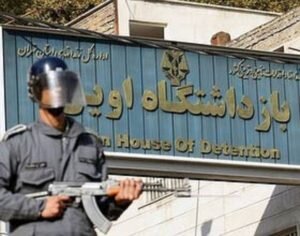
Evin House of Detention was built during the reign of Mohammad Reza Pahlavi — known to Americans as the Shah of Iran. Before he was ousted from power in the 1979 revolution, the prison housed some of the very radicals and sympathizers who would one day rule the Islamic Republic. During the 10-year reign of Ayatollah Ruhollah Khomeini, thousands of political prisoners were systematically murdered at Evin. After Khomeini’s death in 1989, Evin continued to serve as a holding pen for some of Iran’s most prominent intellectuals, activists and journalists, earning it the nickname “Evin University.”
To many Iranians, the concept of Evin prison is synonymous with political repression and torture
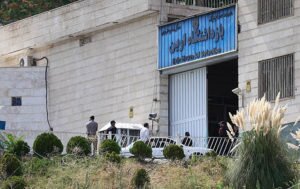
Ward 209:
Is run by the Ministry of Intelligence and Security (MOIS) and is known as the MOIS ward. The ward is always full of people who – on charges of acting against national security, participation in gatherings and protests and… – are being held in solitary confinement and interrogated. These individuals – held in so-called temporary detentions under very inhumane conditions in solitary cells – are deprived of the most basic human rights.
Ward 325/ section 2-a:
The custodian of the ward is the Revolutionary Guards Corps. A number of political prisoners are being held in solitary confinement on this ward and have not seen daylight for months (Akbar Ganji was recently detained in this ward).
Ward 240: This ward is run under the supervision of the Prisons’s Organization. A number of common prisoners who have caused trouble on public wards are being held here. The ward consists of a large number of solitary cells and the hygiene conditions are very poor. Many political students activists have however during various periods been transferred to the ward following their arrest, and have served their temporary detention under the ward’s very poor conditions. In the past and especially in the 1980’s, many political prisoners were held on this ward.
Ward 350 (known as the workers ward):
About 20 political prisoners or prisoners who have been arrested for security reasons are being detained on this ward. The ward has in the past months been named “the Political Prisoners’ Ward”.
The Seventh Counseling Ward – Halls No. 4,65,6:
A number of political convicts such as Hamid Pourmand (Priest) are being held here.
Gohardasht Prison is a prison in Gohardasht, a town in the northern outskirt of Karaj, approximately 20 km west of Tehran.
Gohardasht Prison (Persian: زندان گوهردشت) is a prison in Gohardasht, a town in the northern outskirt of Karaj, approximately 20 km west of Tehran.
Sometimes spelled Gohar Dasht Prison, it is also known as “Rajai Shahr”, Rajaishahr, Raja’i Shahr, Reja’i Shahr, Rajayi Shahr, Rajaee Shahr, Rajaei Shahr or “Rajaï Shahr Prison”, etc. and sometimes as Karadj or Karaj prison (but Qezel Hesar prison is also near Karaj).
Political prisoners and prisoners of conscience tend to be sent to Ward 12 of Rajai Shahr.
Rajai Shahr is regarded as one of Iran’s harshest jails because of its many reported cases of torture, rape and murder.
IRGC has solitary confinement cells in Rajai Shahr Prison.
In the immediate aftermath of the Islamic Revolution, there were many systematic executions and interrogation of former members of the overthrown monarchy, military.
During the 1980s, members of the liberal Marxist and socialist groups (mostly university students) and supporters of The People’s Mujahedin of Iran who opposed the theocratic regime were imprisoned and many of them were executed. Mass executions of political prisoners, in particular in Gohardasht and in Evin, took place during the 1988 executions of Iranian political prisoners.
Imprisoned student activist Majid Tavakoli was transferred to Gohardasht Prison in August 2010.
In June 2012, the organization Campaign to Free Political Prisoners in Iran raised a serious concern with EU Parliament representatives on the situation of political prisoners in Rajaee Shahr: ailing political prisoners are deprived from urgent medical attention, putting their life at risk.
On September 13, 2015, Iranian union activist Shahrokh Zamani died while imprisoned here.
Amnesty International spoke out against the prison’s practice of blinding prisoners in eye for an eye justice in 2015.
Oct. 2016: Political prisoners protest against violations of their basic rights, causing various harms and health challenges and leading to their slow death. The quality of food has decreased recently to the point that many of the prisoners are suffering from malnutrition.
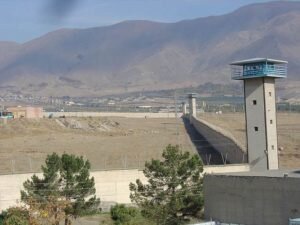
This prison is, like the Rajaiishahr Prison, among the detention centers where dangerous inmates are being held. There is however a blogger (Mojtaba Saminejed) who is currently serving his sentence in the prison. (Afshin Zareii, another blogger who was released a while ago also served his sentence at this prison)
Ghezel Hesar prison is the largest state prison in Iran. As of 2011 it was holding about 20,000 prisoners, of which 13,000 were held on drug-related charges – said to be four times its planned capacity.
It is located in Ghezel Hesar, city of Karaj, 20 km northwest of the Iranian capital Tehran (there are two other prisons around Karaj: Rajai Shahr prison and the Central Prison at Karaj).
The Ghezel Hesar prison is infamous for its conditions. In March 2011 it made headlines when, according to official reports, 14 people were killed and 33 wounded during a prison revolt. The actual number of victims may have been higher. Former prisoners report torture and physical abuse by the staff, catastrophic hygiene conditions and a lack of medical care. There are reports that clashes inside Karaj Ghezel Hesar Prison began when some prisoners protested against the execution of dozens of other prisoners. 150 people are said to have been suffering serious injuries and several dozens to have been killed. Sources close to the government have announced that 47 people have been killed or injured in this incident yet this number is dramatically different from what similar reports from independent sources indicate.
May 2015 has seen mass executions of prisoners: between May 6 and June 10, 2015, at least 77 inmates, all charged with drug offences, were executed in Ghezelhesar prison.
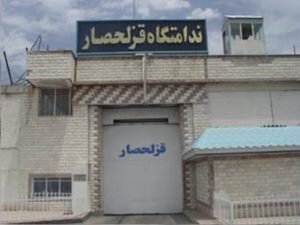
In order to avoid having to make account for its actions, the MOIS locks up a large number of political activists including journalists and publication owners, worker activists, women, clerics, dissidents, students and etc… in various detention centers all around Tehran so that no one knows anything about the fates of these people. Sometimes individuals who have been locked up in secret for two years without anyone knowing anything about their fate, can be found there.
a) The Mersad Detention Centre, located under the Kallej Brigdge
b) The Revolutionary Guards’ Detention Centre No. 59, located at the Eshratanad Garrison
c) Detention Centre No. 64, located 30 m away from Jei (the Jei Garrison)
d) Detention Centre No. 36, located at the Fatemi Intersection (the detention centre is run by the anti-intelligence section of the armed forces’ federal organization)
e) Detention Centre 66 run by the Revolutionary Guards (located at the Turquoise Palace)
f) The detention centre known as the American Club
g) The Masoul Detention Centre located on Masoul Street
h) The Abdullah Ansari Detention Centre, located on the eastern Hemmat Highway
i) The Motahari Detention Centre, located in the basement of the Islamic Republic’s Security Forces’ passport bureau
j) The Airport Detention Centre, located on the Mehrabad Airport’s facilities (military section).
k) The Emam Zaman Detention Centre, located behind the Taleqani Park, behind the Mirdamad subway station
l) The MOIS’s detention centre (MOIS follow-up unit), located at the Vali Asr Intersection, Mozafari (Saba) street
m) Army Detention Centers, located in almost all of the army’s bases which are run by the army’s counter-intelligence division as well as the revolutionary guards’ corps. All these detention centers are outside the Prisons’ Organizations field of supervision.
The reason to the extension is so that the true figures of the number of political prisoners are not revealed.
This is just a small example of the detention centers and prisons in which many political prisoners are being legally or illegally held.
